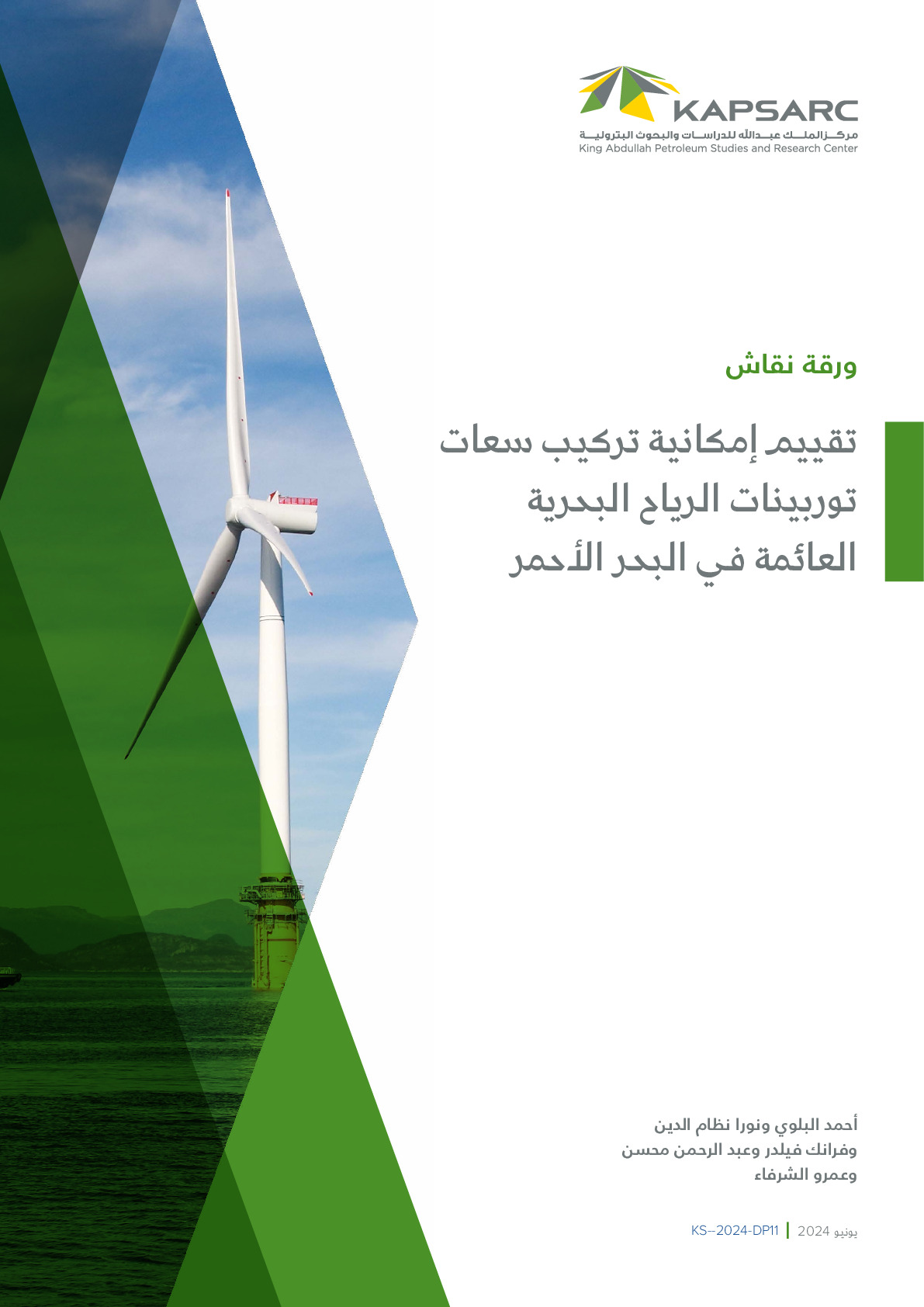تجمع أنظمة الطاقة المتجددة الهجينة بين تقنيتين أو أكثر تكملان بعضهما البعض لتوليد طاقة نظيفة ومستقرة، وقد تكون هذه الأنظمة عبارة عن نظامين للطاقة المتجددة (مثل الطاقة الشمسية وطاقة الرياح) أو مصادر الطاقة المتجددة مع التخزين (مثل البطاريات أو التخزين الحراري). وتتمثل ميزة هذه الأنظمة في توفيرها للمرونة وقابلية التوزيع والطاقة الأساسية. أجريت العديد من الدراسات على الأنظمة الهجينة – وبخاصة أنظمة الطاقة الشمسية المركزة والطاقة الشمسية الكهروضوئية – على مدى السنوات الماضية لمجابهة التحديات التي يواجهها نظام الكهرباء فيما يتعلق بالانتشار العالي لمصادر الطاقة المتجددة. كذلك مكّن التطور السريع للطاقة المتجددة في الصين من خلال مبادراتها المشاريع الأساسية من تطوير وانتشار العديد من التقنيات مؤخرًا، منها الأنظمة الهجينة للطاقة الشمسية المركزة والطاقة الشمسية الكهروضوئية.

زميل باحث- خدمات الطاقة والطاقة المتجددة
أحمد زميل باحث في برنامج خدمات الطاقة والطاقة المتجددة في كابسارك. وهو مهندس كهربائي وحاصل على درجة الماجستير في أنظمة…
أحمد زميل باحث في برنامج خدمات الطاقة والطاقة المتجددة في كابسارك. وهو مهندس كهربائي وحاصل على درجة الماجستير في أنظمة الطاقة المتجددة من جامعة لوفبرا. وعمل قبل انضمامه إلى كابسارك مهندسًا في مجال البحوث والتطوير في الشركة السعودية للكهرباء لأكثر من خمس سنوات، حيث ترأس بحوث الشركة المتعلقة بالطاقة المتجددة وتخزين الطاقة، وعمل في مجموعة واسعة من المشاريع، منها الطاقة الشمسية وشحن السيارات الكهربائية والتبريد بالامتصاص وحلول تخزين الطاقة. تركز بحوثه الجارية على نمذجة نظام الطاقة الكهربائية للمساعدة في تشكيل مستقبل مزيج الطاقة والتقنيات التي يمكن أن تساهم في تحقيق الأهداف الخضراء للمملكة العربية السعودية.
الخبرات
- الطاقة المتجددة، نمذجة نظام الطاقة الكهربائية، تخزين الطاقة والتقنيات الناشئة
الإصدارات عرض جميع الإصدارات أحمد البلوي

تقييم إمكانية تركيب سعات توربينات الرياح البحرية العائمة في البحر الأحمر
تجمع أنظمة الطاقة المتجددة الهجينة بين تقنيتين أو أكثر تكملان بعضهما البعض لتوليد طاقة نظيفة…
5th مايو 2024Modeling Green Hydrogen Production Using power-to-x: Saudi and German Contexts
تجمع أنظمة الطاقة المتجددة الهجينة بين تقنيتين أو أكثر تكملان بعضهما البعض لتوليد طاقة نظيفة…
25th أبريل 2024
